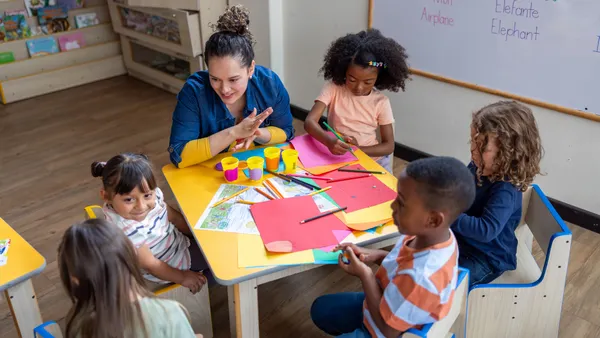Dive Brief:
- Schools across the country have experimented with personalized learning to better serve and engage students, but no successful program would be possible without first preparing networks to handle extra demand.
- EdTech: Focus on K-12 reports Arlington Public Schools in Virginia installed fiber-optic cables and a high-speed wireless network with at least one access point in every classroom and additional Wi-Fi access in shared school space — and it also got a high-capacity router to handle 90,000 devices and a new firewall and content filter to improve security before rolling out its full 1:1 device program.
- In Georgia’s Fulton County Schools, personalized learning is seen as a strategy for increasing graduation rates and improving college and career readiness, and district officials tripled the number of access points and completed a tenfold expansion of bandwidth to prepare for a fully scaled program.
Dive Insight:
Classroom teachers have long relied on personalized learning, asking students to work in groups, offering tailored assignments based on student ability, and generally serving the wide range of students in their classrooms. Technology provides an opportunity to step up the game. Adaptive programs can progress as students do, and blended learning environments offer a new way for teachers to address the needs of every single student as a unique individual.
While 1:1 device programs offer students the option to work on their own, progressing through the content at their own pace, schools should be sure to maintain the benefits of group work. The collaboration and communication skills will serve students in work and life and children benefit from exposure to others who learn differently from them. Most schools that have 1:1 programs do not have children sitting in front of their own screens all day, but it is important to keep this danger in mind.








